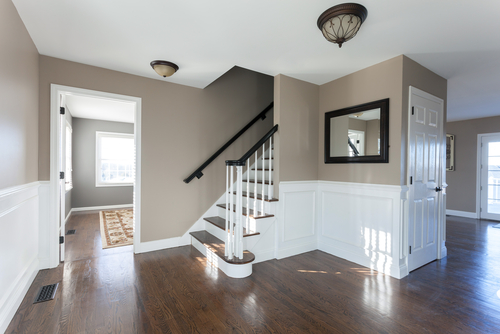Electrical problems in any setting can be dangerous and should only be resolved with the aid of a professional, qualified electrical team, like us here at Walker Electrical. But what are the considerations for finding electrical faults in residential settings? And how can these be resolved?
What are the considerations for finding electrical faults in residential settings?
In residential settings, like student accommodation and residential homes, there are some fairly obvious signs of electrical faults, and other signs that are not so obvious. These can split into two categories:
- Unusual socket behaviour
- Unusual lighting behaviour
Unusual socket behaviour
If there are problems with your electrics, there are some key indicators to look out for, that can be revealed by your sockets or outlets. These include:
- Overheating sockets- if your socket is hot to the touch, it is overheating. This could cause a range of damage to your property, and your tenants or residents, including electrical fires and electrical shocks. This usually occurs with sockets that are powering an extension lead.
- Sparking sockets- A sparking socket is a dangerous problem that should only be handled by a qualified electrician. Never plug a appliance into a sparking socket, and never try and remove the socket yourself.
Unusual lighting behaviour
If you notice any changes to your lights or lighting, you should call an electrician. These changes can include:
- Flickering lights- Lights that flicker and become dull, after the initial switch on period, can indicate a potential wiring issue that needs to be investigated by a registered and experienced electrician. Persistent flickering can be more serious, and could involve electrical connection issues.
If you notice any of these electrical faults in residential settings, you should get in touch with the professionals at Walker Electrical today.
